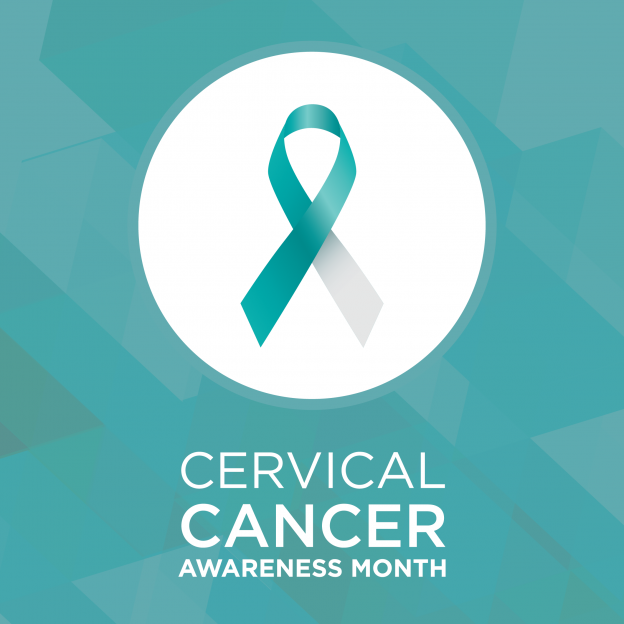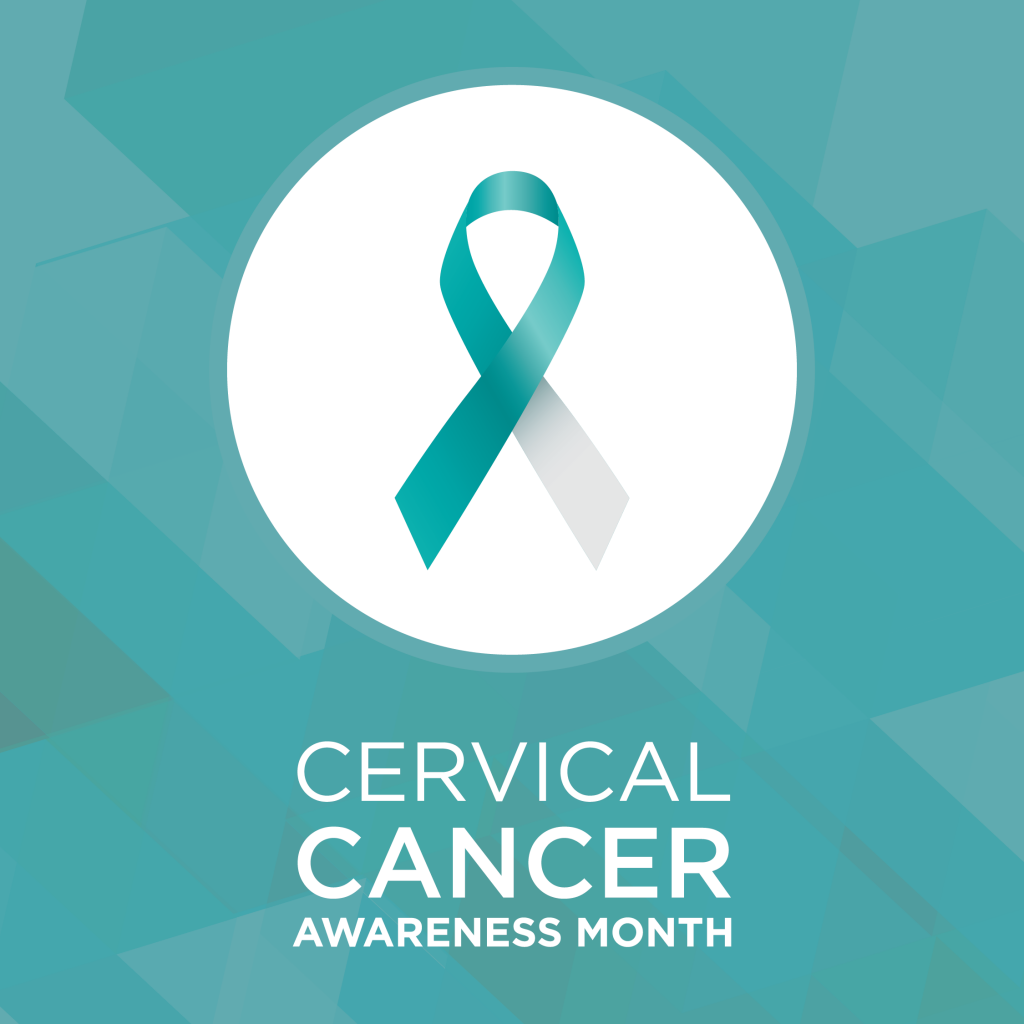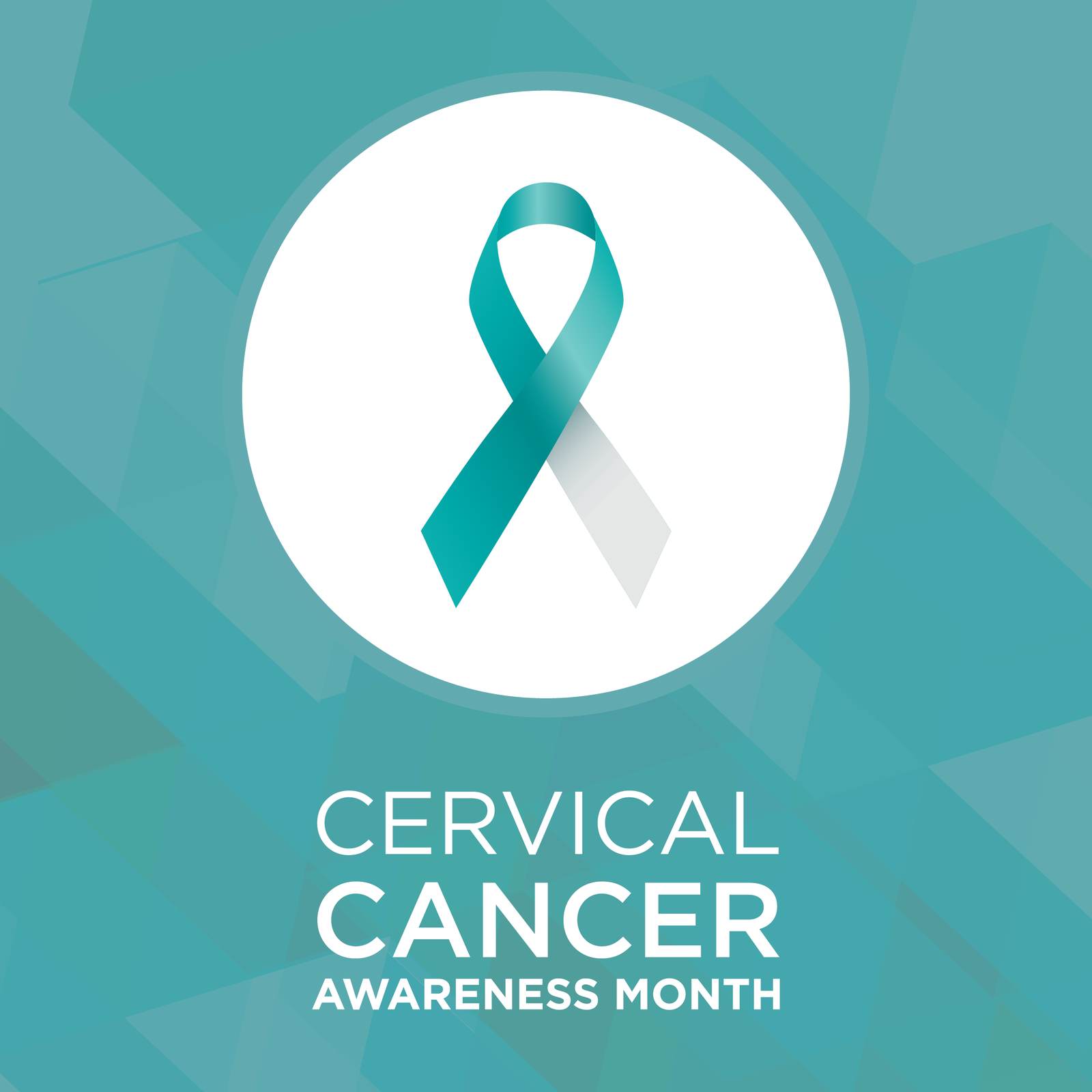
5 Must Know Facts About The Silent Killer Disease, Cervical Cancer
As the world celebrates Cervical Cancer Awareness Month, here are some facts to know about the killer disease.

Cancer of the cervix is a very common kind of cancer in women that occurs when cancer (malignant) cells are found in the tissues of the cervix—the opening of the uterus (womb).
The cervix connects the uterus to the vagina (birth canal). Cancer of the cervix usually grows slowly over some time. Before cancer develops, cervical tissues change, and cells that are not normal begin to appear (called dysplasia).
Cervical cancer is the second most common type of cancer for women worldwide and affects women of all ages.
Every Woman Should Know These 7 Warning Signs And Symptoms Of Cervical Cancer
1. Human papillomavirus (HPV) is the main cause of cervical cancer
Early research showed that most cervical cancer cases were caused by the Human papillomavirus (HPV)
HPV is a common virus that can be passed from one person to another through sexual activity. Both men and women can be infected with HPV. It can be present for years without causing any symptoms and can be passed on to others without their knowledge.
According to the American Sexual Health Association, 80% of sexually active people will be exposed to the virus.
Statistics show that 20 million people are currently infected with HPV worldwide, and another 6.2 million will contract the virus each year. Most strains of the HPV are not harmful, but several strains put the woman at a greater risk of developing cervical cancer.
2. The warning signs don’t appear in the early stages
Cervical cancer develops slowly, which is why it is often referred to as a “silent killer.” Many years can pass between HPV infection and the growth of cancerous cells. But as the disease progresses, warning signs may present themselves. Even then, it’s possible to have cervical cancer without experiencing any obvious signs or symptoms.
Cervical cancer symptoms, including abnormal vaginal bleeding and pelvic pain, may not appear until the cancer has grown and spread.
3. Most cases of cervical cancer are preventable
Because cervical cancer is typically caused by HPV, the simplest way to prevent cervical cancer is to prevent HPV infection in the first place. Since 2006, a highly effective HPV vaccination has been used. Just like other vaccines, the HPV vaccine helps your immune system create an antibody response that protects your body against the infection.
Routine Pap testing is the best way to detect abnormal changes to the cervix before they develop into cancer. Much like removing polyps to prevent colon cancer, treating these abnormal cells can help prevent cervical cancer from forming.
4. It is the second most frequent cancer among women in Nigeria
Cervical cancer is the second-leading cause of female cancer deaths in Nigeria and the second-most frequent cancer among women between 15 and 44 years of age. It is also the fourth-most common cancer among women globally, with an estimated 604 000 new cases and 342 000 deaths in 2020.
5. Smoking and other factors increase the risk of cervical cancer
Women who smoke are about twice as likely as non-smokers to get cervical cancer. Smoking weakens your immune system, making it more difficult for your body to fight HPV infections on its own.
There is also evidence that long-term use of oral contraceptives and being overweight increase the risk of cervical cancer.
Women with a sister or mother who had cervical cancer are two to three times more likely to develop the disease.
Talk to your doctor if you have a family history of cervical cancer.
